Showing top 0 results 0 results found
Showing top 0 results 0 results found
What’s Omnichannel Customer Service and Why Do You Need It for Stellar Customer Experience?
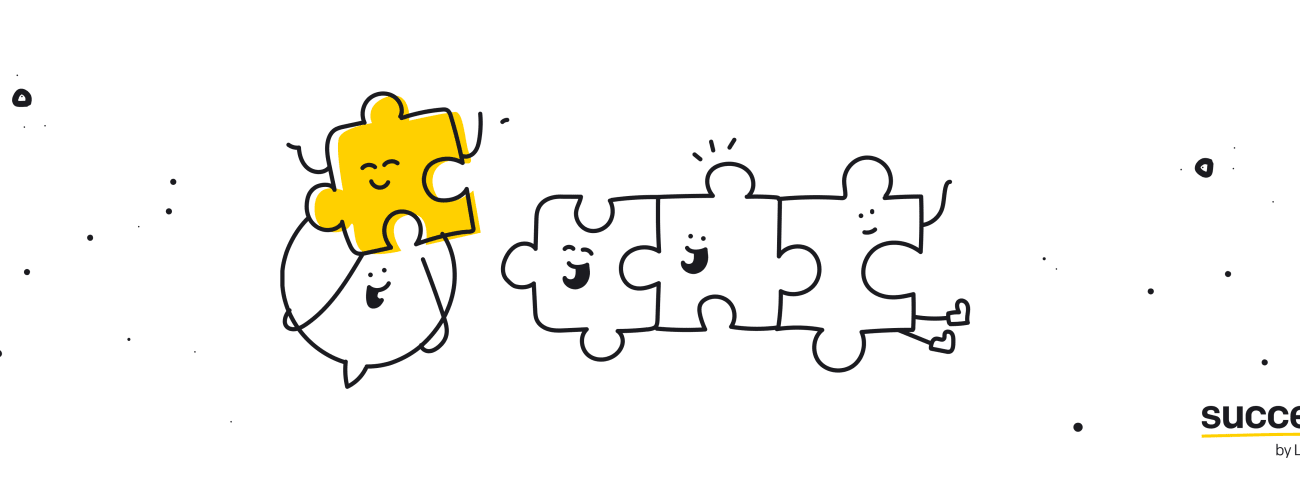
If your customers have a hard time contacting you, you’d better do something about it. If you don't, you'll soon be out of business. Sure, a great product or service that people need is the key to success. If you think it’ll sell itself and you can just watch your sales number grow, you're in for an unpleasant surprise. Yes, your product or service should be the cornerstone of your business. Still, you'll need a communication strategy that includes marketing, sales, and customer service at every step of the customer life cycle.
How can you communicate with businesses?
Even though 10 years feels like a relatively short time, the last decade has revolutionized the way people communicate with businesses. We now have more ways to contact a company than we've ever had before. In-store visits, phone, email, live chat, and social media can all be used to make your customer experience frictionless, and you only need your phone to use all of these channels.
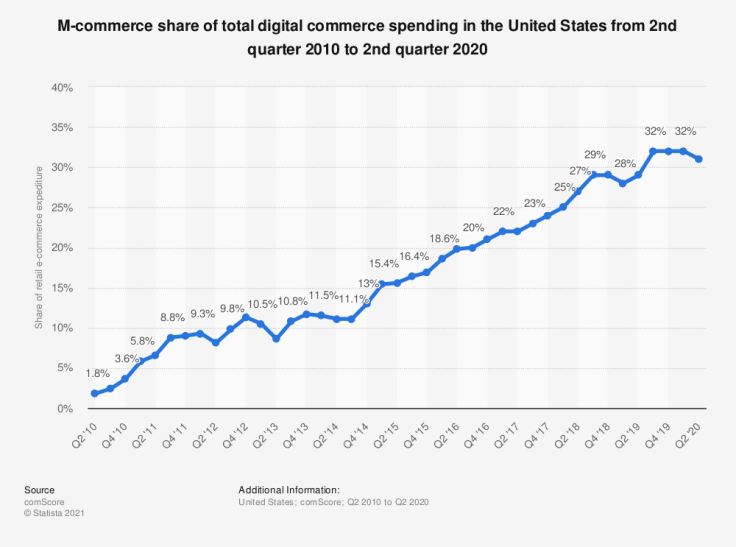
As you can see, the share of total mobile digital commerce spending in the US between 2010 and 2020 grew by more than 30%. This means that roughly 1 in 3 purchases in 2020 was made on a mobile device. The trend is similar when we look at communication channels customers prefer to use to resolve customer service issues. While phones were still the leading means of communication in the US in 2019, digital channels came in second place with 38%.
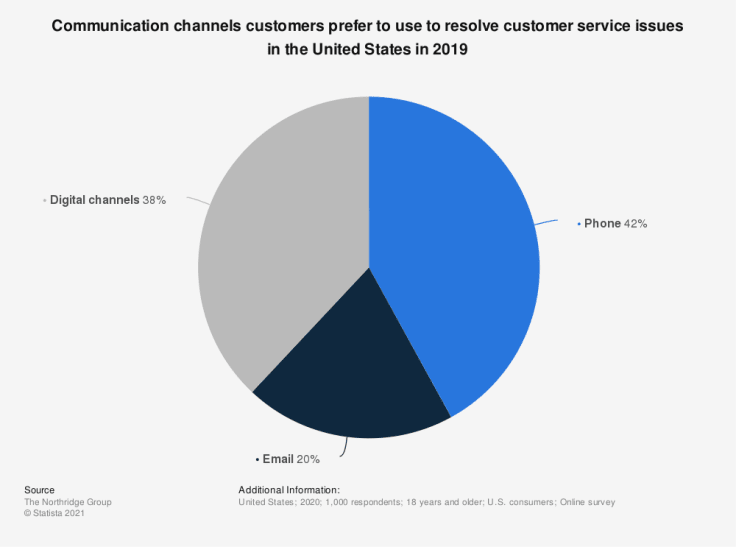
Many people thought that brands engaging with consumers on social media would be the last step in making our business conversations as casual as they can get. But then the social media moguls made one more step that made chatting with businesses a breeze. With phones glued to our hands, it turned out that we can use WhatsApp, Messenger, and Messages to chat with businesses like we do with our friends and family.
With so many communication channels, both businesses and customers now find it a lot easier to communicate effectively. Don't get me wrong. You don't have to be available on every platform. Choose a few means of communication, and make sure the way you communicate with your customers is consistent at every touchpoint.
If you're just starting with your communication strategy, you need to answer a fundamental question: Are you going to provide multichannel customer service or omnichannel customer service? Many people use these two terms interchangeably, but that’s a big no-no. While they sound like they mean the same thing, they're quite different.
What’s omnichannel customer service?
Can you recall your interaction with a brand that was so good that even though you used different channels on different occasions, your experience was always seamless? And, on top of that, you didn't have to introduce yourself and your problem over and over again? It all played out this way because the business you talked with implemented omnichannel customer service.
The essence of omnichannel customer service is in providing consistent interactions with customers regardless of the communication channel they use. Whether it's a phone, email, live chat, social media, or messaging apps, omnichannel communication connects them all for improved customer experience.
Imagine you reach out to a business on the phone, and midway through the conversation, both you and the customer service agent realize that it might be easier to solve your problem via live chat. With omnichannel customer service, all you need to do is switch to a different channel and carry on with your conversation using that channel.
How’s omnichannel customer service different from multichannel customer service?
Like I mentioned before, people tend to use these two terms synonymously, and those people couldn't be more wrong. As Shopify puts it, "The main difference between omnichannel and multichannel is that omnichannel involves all channels and revolves around your customer, while multichannel involves many channels and revolves around your product."
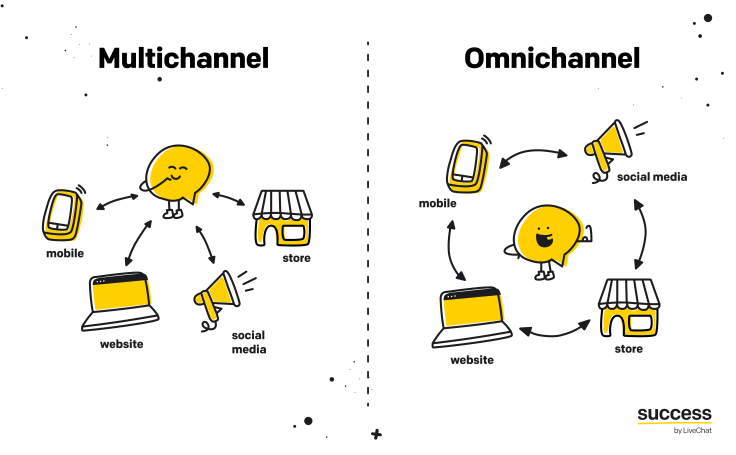
In other words, multichannel gives your customers access to various communication channels, but they're neither connected nor synchronized. With omnichannel, you get access to many integrated channels that enable a seamless transition from one channel to another.
A couple of other differences relate to consistency and ease of use. Multichannel often leads to a lack of consistency. Each channel is a separate entity with no shared context or history. This leads to different customer experiences depending on the channel the customer uses and less information about the previous interactions the customer had with your company. On top of that, having many different channels to choose from can be problematic. It's up to the customer which channel they decide to use, and if one channel fails to meet their expectations, they'll have to start their interaction all over again, using a different channel.
Because of all the data about a customer, like communication history, past orders, etc., omnichannel gives your customers a consistent experience, regardless of the channel they use. The omnichannel experience is also more user friendly. Customers can switch from one channel to another without worrying that they'll have to go through the whole process from the beginning.
To make your and your customers’ omnichannel experience even better and more comprehensive, we’ve recently added the WhatsApp Business integration to our arsenal.
You can now reply to WhatsApp messages right in the LiveChat app
To give your customers the best experience out there, try to make it possible for them to contact you with just a few taps on their phones. You can do that by adding the WhatsApp Business integration to your communication channels. In doing so, you’ll allow your customers to chat with your support agents in the same way they chat with their friends and family.
The integration uses the official WhatsApp Business API, which is compliant with the WhatsApp Terms of Service. The use of the API makes the integration robust, stable, and safe to use. All of this means that the WhatsApp Business integration is just as good at handling a few conversations as it is managing high traffic and multiple WhatsApp chats.
The use of the official API is possible because of the API’s integration with 360dialog, a verified WhatsApp Solution Provider. The WhatsApp Business integration works as a bridge between LiveChat and 360dialog that passes messages to WhatsApp by directly calling the WhatsApp Business API.
If you’ve ever used the web or desktop version of WhatsApp, you probably know that a phone connected to the internet is essential for either of those versions to work. It’s different with the WhatsApp Business integration. All you need is a phone number — no need for a phone at all.
After you've configured the integration, make the most of unlimited messages, allowing you and your visitors to get to the root of their problems. Address those problems in detail by using supported file formats, like text messages, photos, voice messages, location, and more. The integration's design and implementation eliminate disconnections and delays, so you're at no risk of losing chats.
Then, there’s also support for group routing. Group routing allows you to assign chats to specific groups of agents based on predefined criteria. This means that you can route WhatsApp messages to a group of agents dedicated to WhatsApp chats for more effective communication. With WhatsApp Business, you’ll not only open your business to a new communication channel used by over 2 billion monthly active users, but you’ll also make the omnichannel experience even more complementary.
In case you missed it
WhatsApp Business is the latest addition to LiveChat’s integrations with messaging platforms. You might want to have a look at integrations with Facebook's Messenger and Apple Business Chat as well. Like the WhatsApp integration, you can connect both of them to your LiveChat license and reply to people's messages from one place — the LiveChat app.
Facebook Messenger
With the Facebook Messenger integration, you can provide a better experience for your customers and your team. Many of your customers are already using Facebook and Messenger, so why not talk to them where they already are? The Facebook Messenger integration makes it easy for your customers to send you a message anytime they want. You can handle them inside LiveChat whenever it suits you, without wasting your time switching between the apps.
Similar to the WhatsApp Business integration, you can neatly organize your chats with group routing. If your agents have different areas of expertise, you can automatically assign messages coming from specific Facebook Pages to specific teams. Imagine you have more than one Facebook Page, like fan pages of your business in different languages, for instance. You can use just one LiveChat license to answer incoming messages from all of those pages in other languages and route them to groups of agents dedicated to specific fan pages.
Apple Business Chat
By integrating LiveChat with Apple's Business Chat, you simplify your communication with over 1.5 billion Apple users. Obviously, not all of them will contact your business. Those of your customers who use Apple devices get the chance to ask questions and buy your products or services right in the Messages app, though. You're in control of yet another channel that you can handle in the LiveChat Agent app.
With Business Chat, you give customers more ways to contact you across Apple devices. They can reach out to you directly from Maps, Siri, and more. By implementing Chat Suggest, you can also decrease the number of incoming calls.
To use Business Chat most effectively, it's crucial to properly set up entry points. They define ways customers can contact you using Apple's Business Chat. If you have an app, you can add a button to redirect the customer to start a chat with you in the Messages app. You can also add a Business Chat button to your website on pages with contact information, support, order confirmation, products, and order history. This will help customers make the most of this communication channel.
WhatsApp Business, Facebook Messenger, and Apple Business Chat will all help you get closer to your customers. All of those channels, combined with your marketing will eventually hook your target audience. Once that audience starts becoming more and more familiar with your brand and your product, they'll eventually be ready to buy. But many of those customers will have questions you'll need to answer before they finally hit the "buy" button. Suppose you fail to give them a means of communication to ask those questions. In that case, they won't hesitate to buy the same or similar product from your competitors who did a better job at setting up their communication channels.
Get a glimpse into the future of business communication with digital natives.
Get the FREE report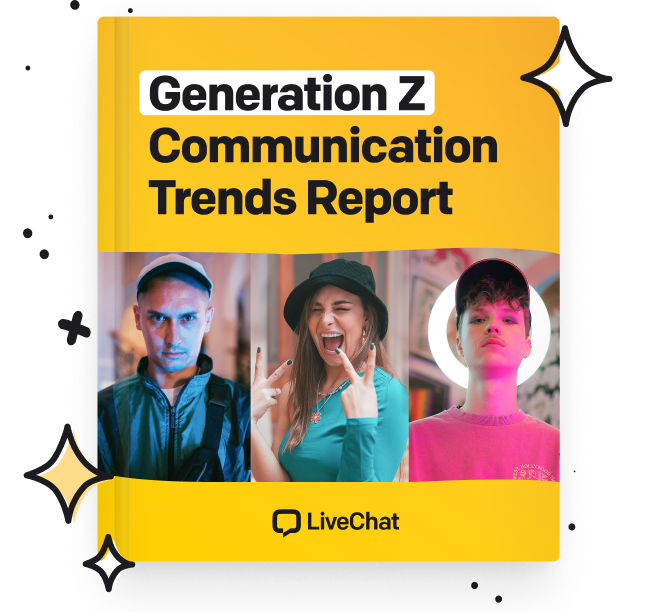


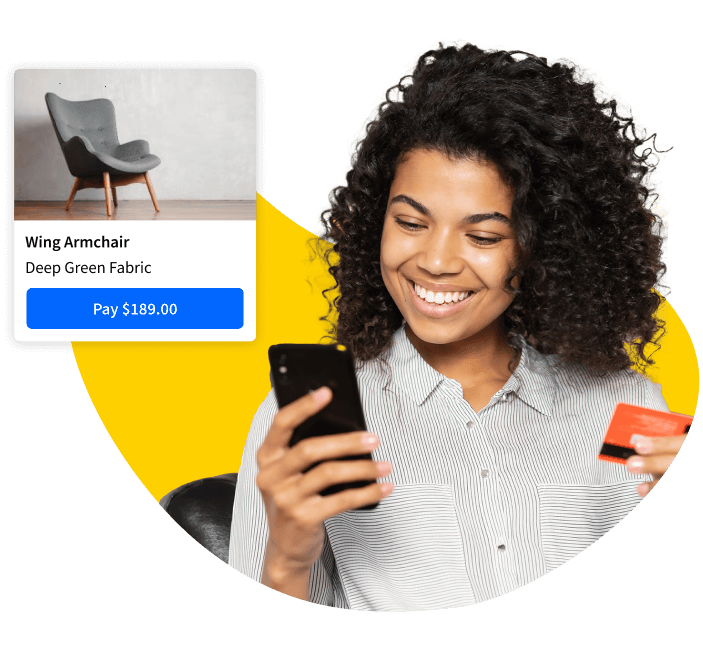

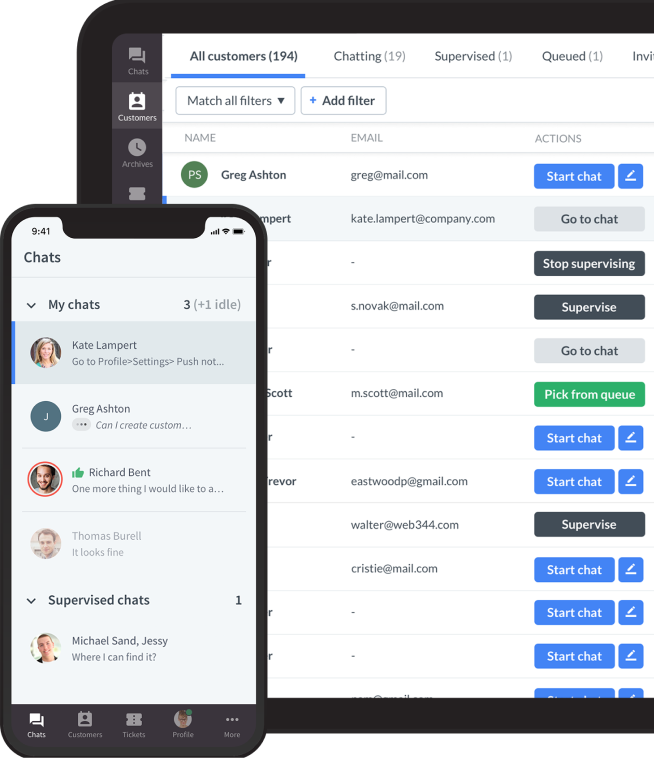



Comments